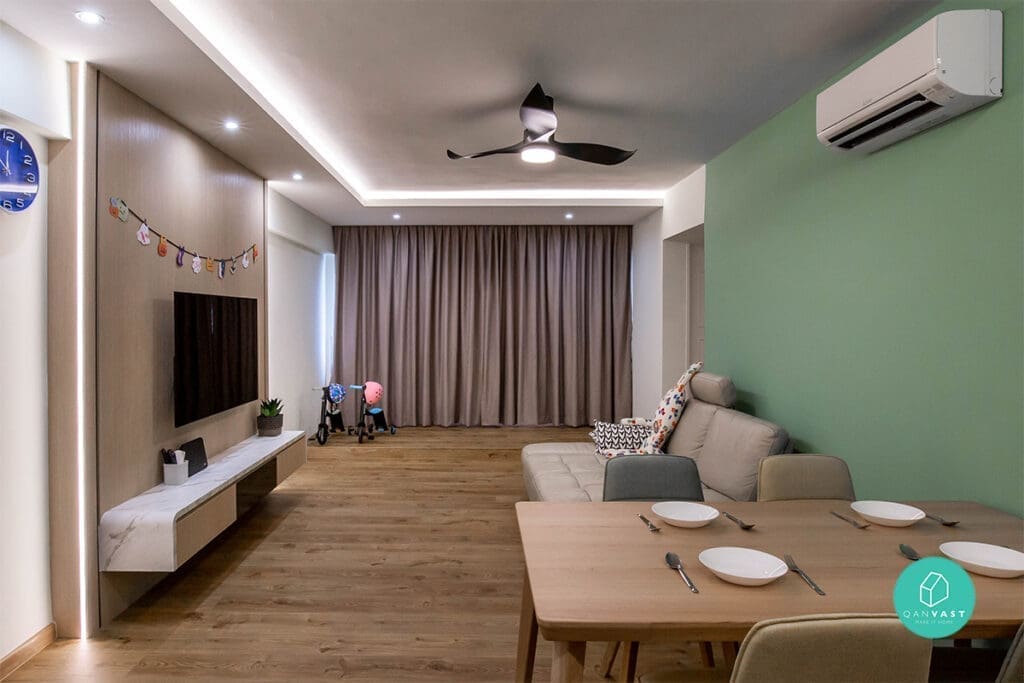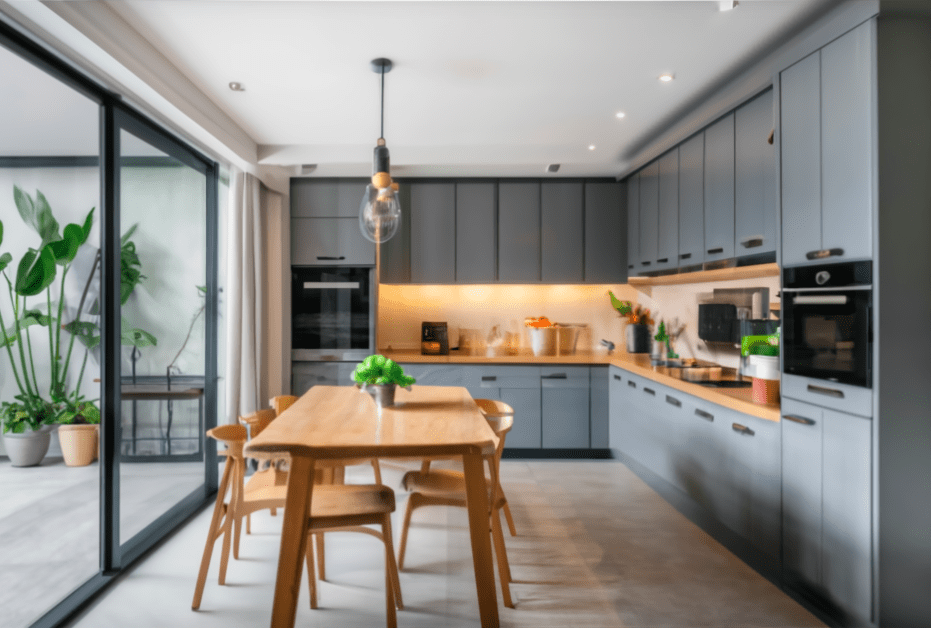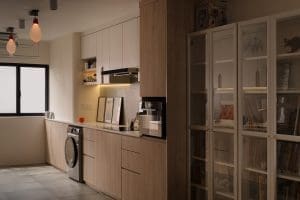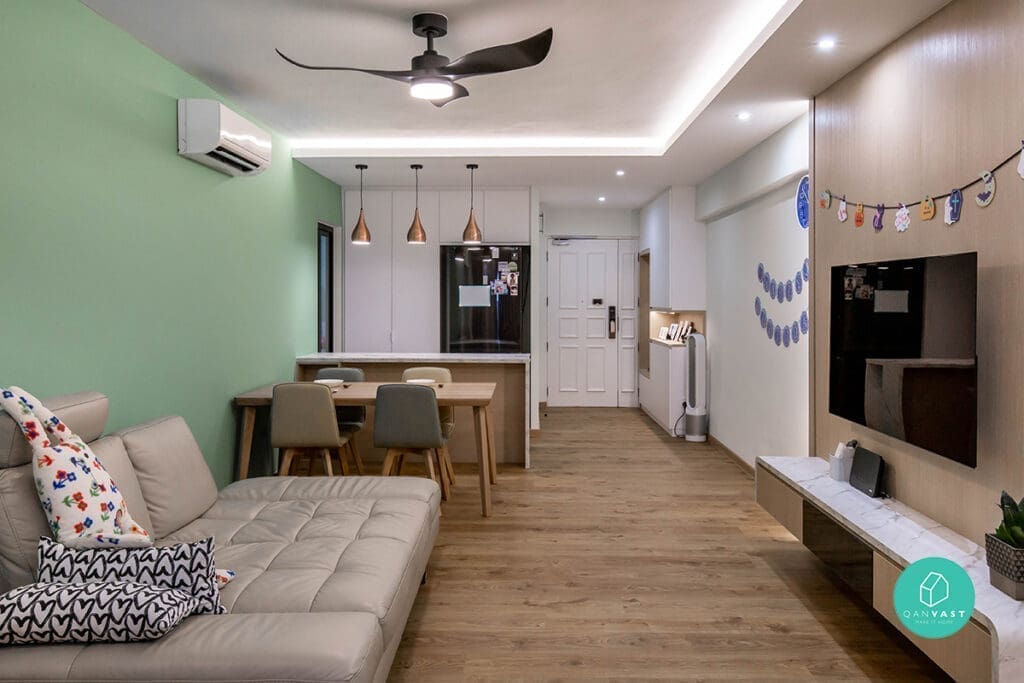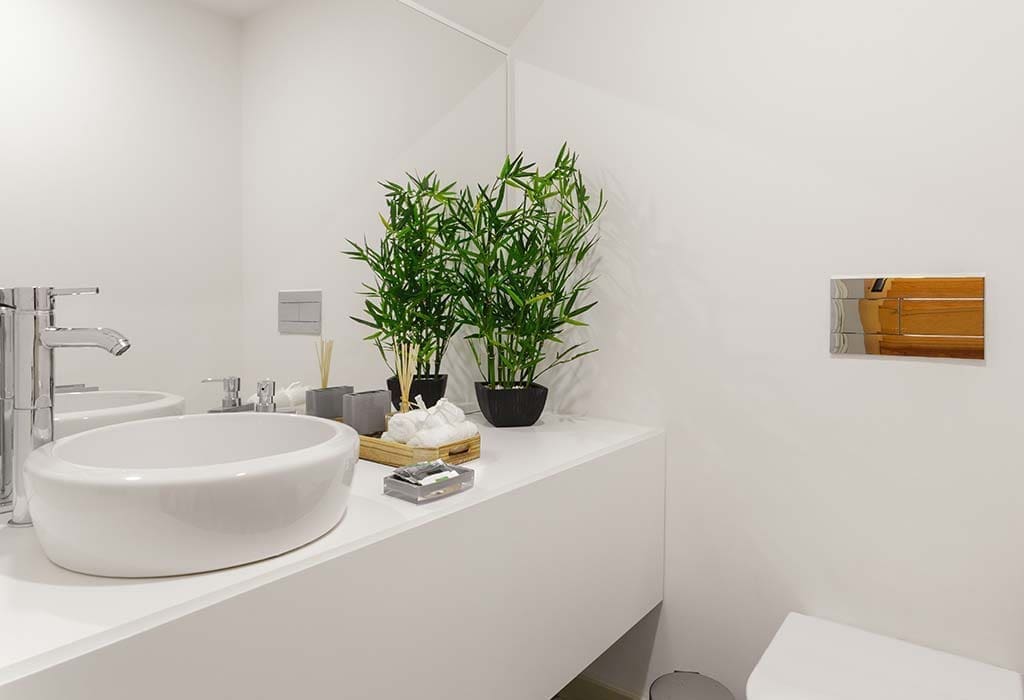Are you tired of the same old neutral color schemes in your interior design? Do you want to infuse your living spaces with energy and personality? It’s time to dare to be bold and embrace vibrant colors in your interior design. Using vibrant colors can add depth, excitement, and a unique flair to any room. In this article, we will explore how you can incorporate vibrant colors into your interior design to create a stunning and captivating space.
 In conclusion, embracing vibrant colors in your interior design can bring new life and energy to your living spaces. It’s time to let your personality shine through and create a home that truly reflects who you are. If you’re looking for expert guidance and a professional touch to incorporate vibrant colors into your interior design, consider hiring the services of Ovon-D, an experienced and talented interior designer. With their expertise and creativity, they can help you achieve a stunning and captivating space that you’ll love coming home to. Don’t hesitate to contact Ovon-D today to discuss your design needs and dare to be bold with vibrant colors in your interior design.
In conclusion, embracing vibrant colors in your interior design can bring new life and energy to your living spaces. It’s time to let your personality shine through and create a home that truly reflects who you are. If you’re looking for expert guidance and a professional touch to incorporate vibrant colors into your interior design, consider hiring the services of Ovon-D, an experienced and talented interior designer. With their expertise and creativity, they can help you achieve a stunning and captivating space that you’ll love coming home to. Don’t hesitate to contact Ovon-D today to discuss your design needs and dare to be bold with vibrant colors in your interior design.
The Power of Vibrant Colors
Vibrant colors have a powerful impact on our emotions and can significantly influence the mood and atmosphere of a room. They can evoke feelings of joy, enthusiasm, and creativity. When used correctly, vibrant colors can transform a dull and lifeless space into a lively and energetic oasis. By daring to be bold with your color choices, you can create a unique and memorable interior that reflects your personality and style.Selecting the Right Colors
Before diving headfirst into a sea of vibrant colors, it’s essential to choose the right ones that complement your space and personal taste. Consider the following factors when selecting colors for your interior design:1. Consider the Room’s Purpose
Different colors evoke different emotions and are suitable for various room functions. For example, vibrant reds and oranges can create a lively atmosphere in a social area such as the living room or dining room. On the other hand, serene blues and greens are perfect for bedrooms and relaxation spaces.2. Assess the Natural Light
Take into account the natural light in the room when selecting vibrant colors. Rooms with ample natural light can handle more intense colors, while spaces with limited light may benefit from lighter and brighter hues. Natural light can also affect how colors appear, so test your chosen colors under different lighting conditions before committing.3. Consider Existing Furniture and Decor
Take stock of your existing furniture and decor items to ensure that the vibrant colors you choose harmonize with the overall aesthetic. Consider whether you want your new colors to complement or contrast with your existing pieces. It’s also important to think about the longevity of the color scheme, as vibrant colors may be more challenging to match with future additions.Incorporating Vibrant Colors
Now that you have selected your vibrant color palette, it’s time to incorporate them into your interior design. Here are some creative ways to infuse vibrant colors into your living spaces:1. Accent Walls
An accent wall painted in a vibrant color can instantly become the focal point of a room. Choose a wall that has architectural interest, such as one with a fireplace or large window, and paint it in a bold and attention-grabbing hue. This technique adds depth and drama to the space without overwhelming it.2. Bold Furniture Pieces
Make a statement with bold and vibrant furniture pieces. Consider investing in a sofa, armchair, or ottoman in a striking color that complements your overall color scheme. These pieces not only add visual interest but also serve as conversation starters and eye-catching focal points.3. Colorful Accessories
Add pops of vibrant colors through accessories such as throw pillows, rugs, curtains, and artwork. These elements can be easily switched out and updated over time, allowing you to experiment with different color combinations without committing to a permanent change.4. Statement Lighting
Lighting fixtures come in various shapes, sizes, and colors. Choose unique and vibrant light fixtures that not only provide functional lighting but also serve as works of art. Pendant lights, chandeliers, and table lamps in bold colors can add a touch of glamour and whimsy to any room.5. Wallpaper and Wall Decals
Wallpaper and wall decals offer endless possibilities for incorporating vibrant colors into your interior design. Choose a pattern or design that complements your overall aesthetic and use it on an accent wall or the entire room. Wall decals are a more affordable and temporary option that allows you to experiment with different colors and patterns without committing to a permanent change.6. Color Blocking
Color blocking is a technique that involves pairing two or more contrasting colors in a bold and geometric pattern. This technique can add visual interest and depth to any space. Use color blocking on a feature wall, rug, or furniture piece for a modern and stylish look.7. Bold Flooring
Make a statement with bold and vibrant flooring options such as patterned tiles, colorful rugs, or brightly stained hardwood floors. These options add personality and flair to any room and serve as a beautiful foundation for the rest of your interior design.Frequently Asked Questions
Is it possible to use too many vibrant colors in a room?
While there is no set rule for the number of vibrant colors you can use in a room, it’s important to balance them with neutral and subdued tones to prevent the space from feeling overwhelming. Use your vibrant colors as accents and pair them with more subdued shades to create a harmonious balance.What colors work best for small rooms?
Lighter and brighter hues such as pastels, whites, and neutrals can make small rooms feel more spacious and open. However, don’t be afraid to incorporate bold and vibrant colors as accents to add interest and depth to the space.How do I ensure my vibrant color choices complement each other?
When selecting vibrant colors, consider the color wheel and choose colors that are complementary or adjacent to each other. You can also use online color scheme generators to help you select harmonious color combinations.How do I incorporate vibrant colors into a rental space?
If you’re unable to paint the walls in your rental space, consider using temporary wallpaper or removable wall decals to add pops of vibrant color. You can also use colorful furniture pieces and accessories to add personality and flair to the space.What’s the best way to incorporate vibrant colors into a traditional interior design?
When incorporating vibrant colors into a traditional interior design, consider using them in unexpected ways, such as pairing a bold and vibrant rug with classic and timeless furniture pieces. You can also use vibrant colors in artwork, accessories, and accent pieces to add interest and personality to the space.How do I balance my vibrant color choices with the rest of my interior design?
Balance your vibrant color choices with neutral and subdued tones to prevent the space from feeling overwhelming. Use your vibrant colors as accents and pair them with more subdued shades to create a harmonious balance. In conclusion, embracing vibrant colors in your interior design can bring new life and energy to your living spaces. It’s time to let your personality shine through and create a home that truly reflects who you are. If you’re looking for expert guidance and a professional touch to incorporate vibrant colors into your interior design, consider hiring the services of Ovon-D, an experienced and talented interior designer. With their expertise and creativity, they can help you achieve a stunning and captivating space that you’ll love coming home to. Don’t hesitate to contact Ovon-D today to discuss your design needs and dare to be bold with vibrant colors in your interior design.
In conclusion, embracing vibrant colors in your interior design can bring new life and energy to your living spaces. It’s time to let your personality shine through and create a home that truly reflects who you are. If you’re looking for expert guidance and a professional touch to incorporate vibrant colors into your interior design, consider hiring the services of Ovon-D, an experienced and talented interior designer. With their expertise and creativity, they can help you achieve a stunning and captivating space that you’ll love coming home to. Don’t hesitate to contact Ovon-D today to discuss your design needs and dare to be bold with vibrant colors in your interior design.
Ovonites





